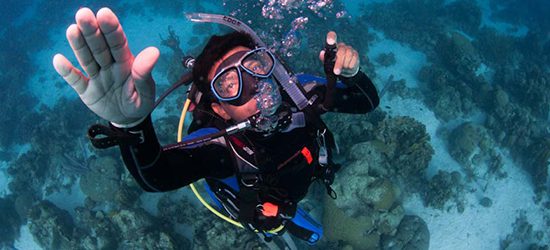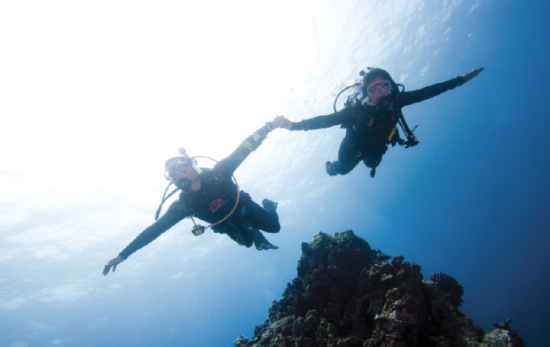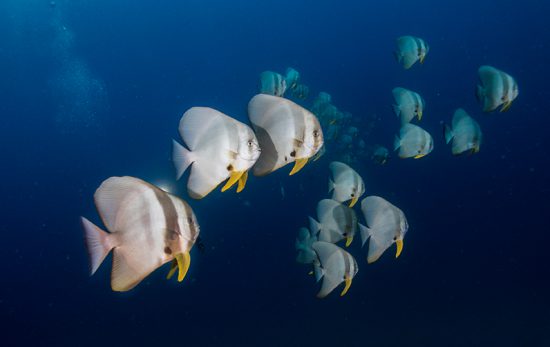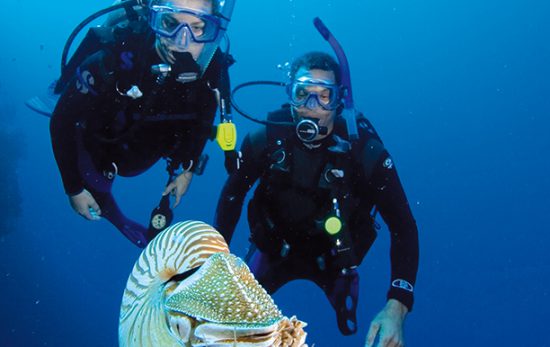As a scuba diver, you get the opportunity to encounter all kinds of animals and marine life. Scuba diving underwater is akin to visiting another world, however what you’re able to see is largely dictated by factors such as visibility, time of year, geographic location and sometimes just plain luck.
Although majority of sea otters are found in the Alaskan waters, you can also find them in parts of Japan, Russia, Canada and USA.
Here are five things to look for if you encounter one of these cute mammals.
1. Holding hands: Sea otters occasionally hold hands while they eat, sleep or rest to keep from drifting apart. It’s called “rafting” and it’s just one example of the sea otter’s awesome ingenuity.
2. Amazing coats: Sea otters have the most amazing fur coat to keep them warm with up to a million hairs per square inch. It not only insulates them in cold water but keeps them waterproof and buoyant. Otters inherently know the significance of their coat so they place great importance on keeping it clean spending many hours grooming themselves to prevent matted hair.
3. Made for water: There’s no doubt that an otter’s coat makes them ideal for their marine environment. However, they also possess other features that make living in the ocean a no-brainer. For one, they can close both their nostrils and ears when they dive underwater. And their webbed back feet are perfect adaptations to help them propel through the water.
4. Wrapping pups in seaweed: Sea otter pups are born without the ability to swim. Luckily their coat keeps them buoyant but their mother still has to carry them around wherever they go. When she needs to hunt for food the mother will wrap the pup in seaweed or kelp to keep the pup from floating away.
5. Resourcefulness: Sea otters are extremely resourceful animals, especially when it comes to eating. They burn a lot of calories so they fuel up on mussels, clams, sea urchins, crabs, squid, snails and various other sea creatures, eating up to a quarter of their body weight in one day. Since many of these food sources have hard external shells, sea otters have learned to use rocks as tools to help break them open so they can eat the meat inside. These same “tools” also aid in dislodging and prying food off of rocks underwater.
Locate a PADI Dive Centre in any of the above locations and experience these incredible animals firsthand. Lucky enough to see a sea otter while diving? Log it on your Digital Logbook.




